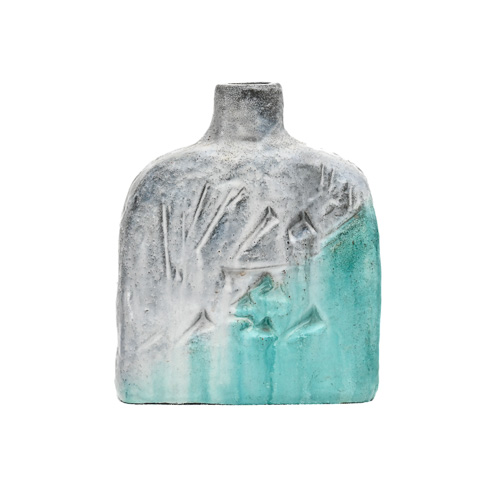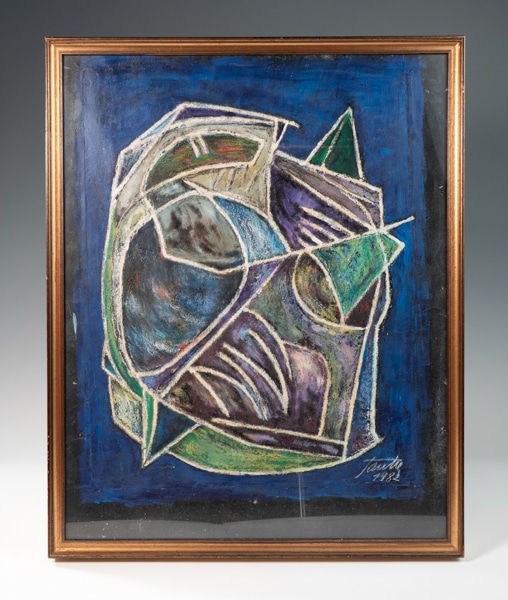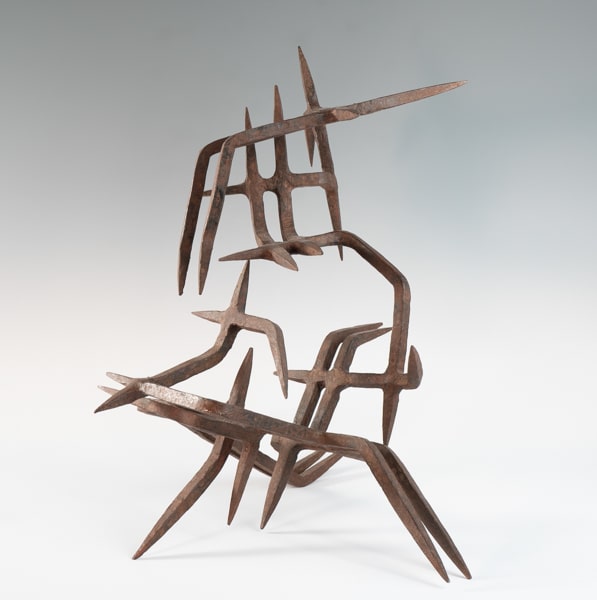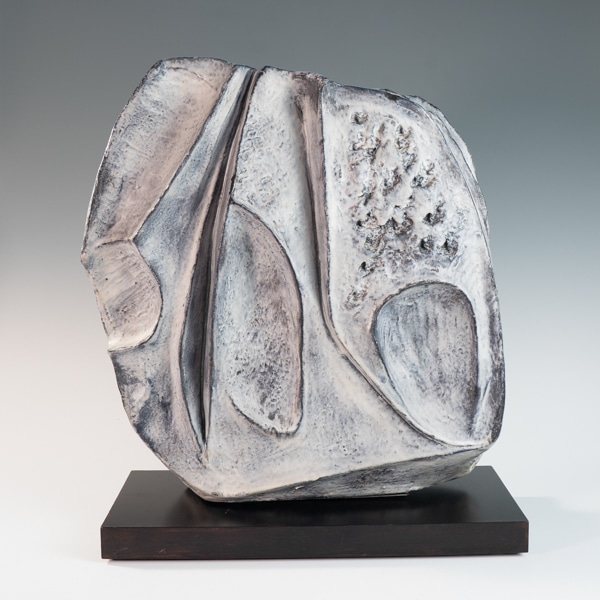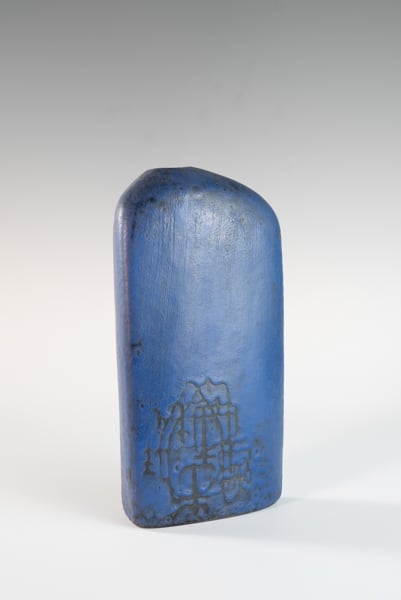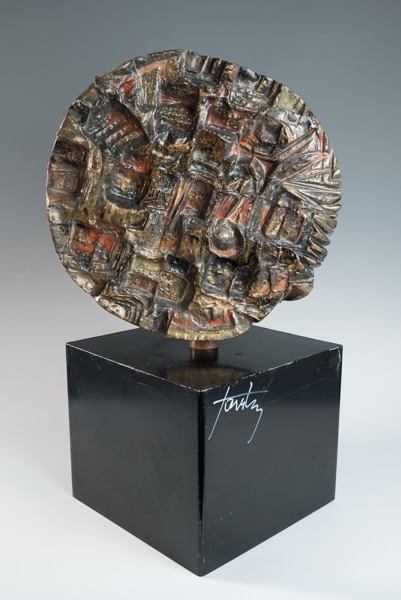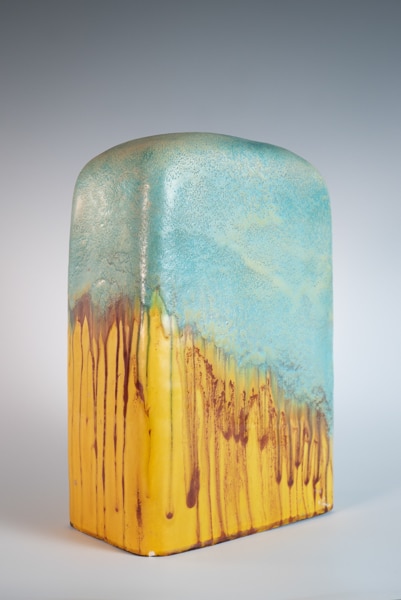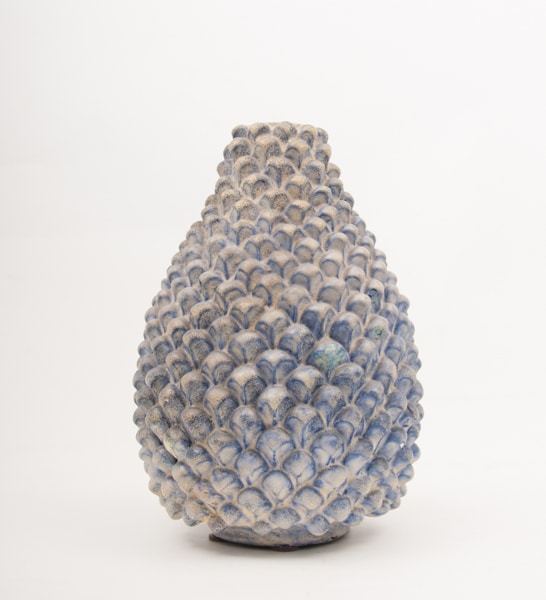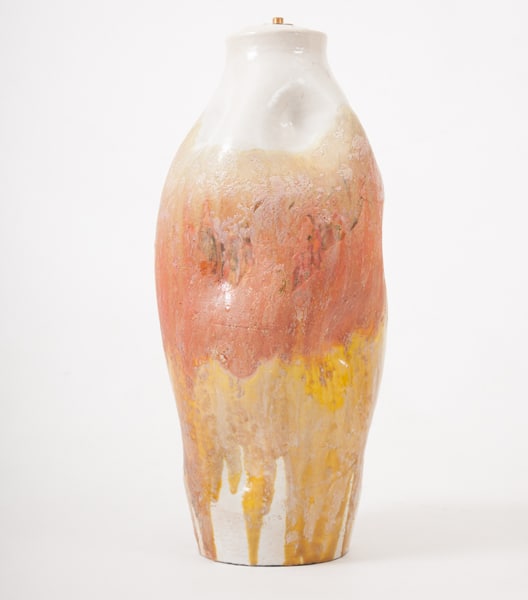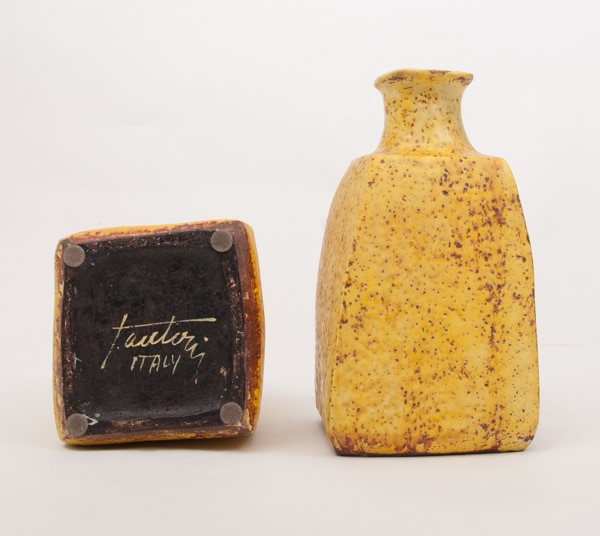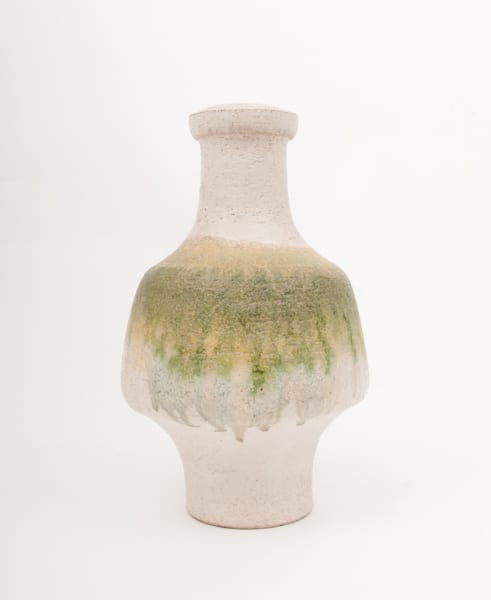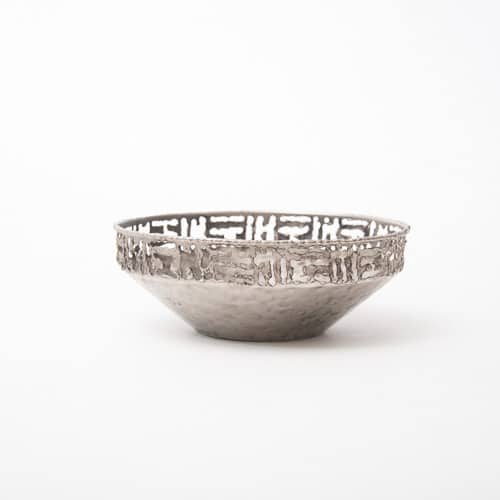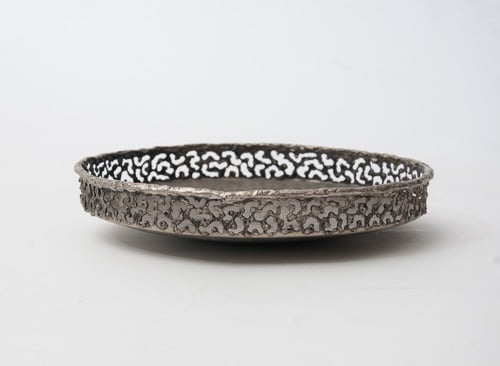
Born in Florence on October 1, 1915, Fantoni was a renowned Italian ceramicist and sculptor known for his innovative approach to ceramics and his distinctive, expressive style. Fantoni’s work bridged the gap between traditional craftsmanship and modernist art, often incorporating bold colors, abstract forms, and textured surfaces. His pieces, ranging from functional objects to purely artistic sculptures, gained international acclaim and were exhibited in prestigious galleries and museums around the world. Fantoni’s legacy continues to influence contemporary ceramic art, with his creations remaining highly sought after by collectors and art enthusiasts alike.
some notable exhibitions that featured Marcello Fantoni’s work
Marcello Fantoni’s work has been celebrated in a variety of prominent exhibitions across the globe. Some of his notable showcases include:
“Materia e colore, l’arte di Marcello Fantoni” at the Loggia della Limonaia di Palazzo Medici Riccardi in Florence, held in 2015. This exhibition highlighted the interplay of material and color in Fantoni’s artistic endeavors.
In 2005, the Archaeological Museum of Fiesole presented “Marcello Fantoni, A Beautiful Form with Beautiful Color,” focusing on the harmonious blend of form and color characterizing his pieces.
Back in 2000, the Salone delle Regie Poste in Florence hosted “Ceramics as Art, Marcello Fantoni Ceramist and Sculptor,” underlining his dual talent in ceramics and sculpture.
Beyond these exhibitions, Fantoni’s works are part of distinguished collections in museums such as:
The Museum of Modern Art (MoMA) in New York
The Metropolitan Museum of Art in New York
The Brooklyn Museum
The Museum of Fine Art in Boston
The Victoria and Albert Museum in London
The Royal Scottish Museum in Edinburgh
The Museums of Modern Art in Tokyo and Kyoto
The International Museum of Ceramics in Faenza
The National Bargello Museum and Gabinetto Disegni e Stampe of the Uffizi in Florence
These institutions underscore the artistic legacy and widespread admiration for Fantoni’s creations.
some publications that have been written about Marcello Fantoni’s work
“Marcello Fantoni: Ceramista in Firenze Dal 1929”
Authored by Antonio Paolucci, this book, published by Edizioni della Bezuga in 1999, delves into the life and artistry of Marcello Fantoni, highlighting his significant contributions to ceramics in Florence since 1929.
“Marcello Fantoni, Ceramica come Arte”
Published by Octavo in 2000, this work explores Fantoni’s interpretation of ceramics as an art form, offering insights into his creative philosophy and innovative techniques.
Exhibition Overview: Museo Archeologico di Fiesole (2005)
An online video offers a visual exploration of Marcello Fantoni’s exhibition at the Museo Archeologico di Fiesole in 2005. This YouTube video provides an engaging glimpse into the showcased ceramic pieces and the artist’s legacy. Watch it here.
These publications and resources provide a rich tapestry of Fantoni’s career and artistic impact.
In which major museums can Marcello Fantoni’s works be found?
Marcello Fantoni’s works are prominently featured in several renowned museums worldwide. In New York, you can explore his creations at both the Museum of Modern Art (MoMA) and the Metropolitan Museum of Art. The Brooklyn Museum also showcases his art.
Moving to Boston, the Museum of Fine Art houses some of his pieces. Across the Atlantic, the Victoria and Albert Museum in London and the Royal Scottish Museum in Edinburgh are notable locations displaying Fantoni’s works.
In Japan, the Museums of Modern Art in both Tokyo and Kyoto include his work in their collections. For ceramics enthusiasts, the International Museum of Ceramics in Faenza is a must-visit.
Additionally, his art is appreciated at the National Bargello Museum and the Gabinetto Disegni e Stampe of the Uffizi in Florence, Italy.
How did Marcello Fantoni’s style evolve throughout his career?
The Evolution of Marcello Fantoni’s Artistic Style
Marcello Fantoni’s artistic journey reflects a dynamic evolution, deeply rooted in traditional yet progressively experimental methods. His career began with a special focus on ancient Etruscan ceramic techniques, which he expertly combined with vibrant glazes and colors. This nod to the past lent his work a timeless quality that intrigued collectors and art enthusiasts alike.
Early Years: Diverse Mediums and Unique Pieces
Initially, Fantoni concentrated on ceramics but soon expanded his repertoire to include metalwork. This foray into various materials showcased his versatility and highlighted his commitment to craftsmanship. Each piece, whether part of a series or a standalone creation, was distinguished by its unique character, largely due to Fantoni’s meticulous hand-painting.
Mid-Career: Inspirations and Innovations
The 1950s and 60s marked a significant period of growth and transformation in Fantoni’s style. He drew inspiration from the Cubist movement, creating vases and ewers that featured bold colors and intricate sgraffito lines. This technique involved scratching through layers of paint, a method reminiscent of the works of Picasso and Braque, which gave his pieces a sophisticated yet approachable aesthetic.
During the 1960s, Fantoni also ventured into Brutalism. His creations from this era were characterized by edgy, angular shapes that reflected the architectural influences of the time. This departure into more aggressive forms demonstrated his willingness to push boundaries and explore new artistic territories.
Later Years: Shift to Minimalism
In his later years, Fantoni’s work took on a minimalist vibe. Stripping back the complexities of earlier designs, he embraced simplicity and clean lines. This progression showcased his ability to adapt and evolve, continually redefining his artistic signature.
Throughout his career, Marcello Fantoni’s evolving style was a testament to his relentless pursuit of innovation and his dedication to merging traditional techniques with modern artistic trends.
Marcello Fantoni items currently on 3details.com:
